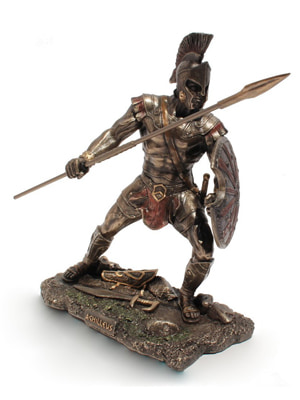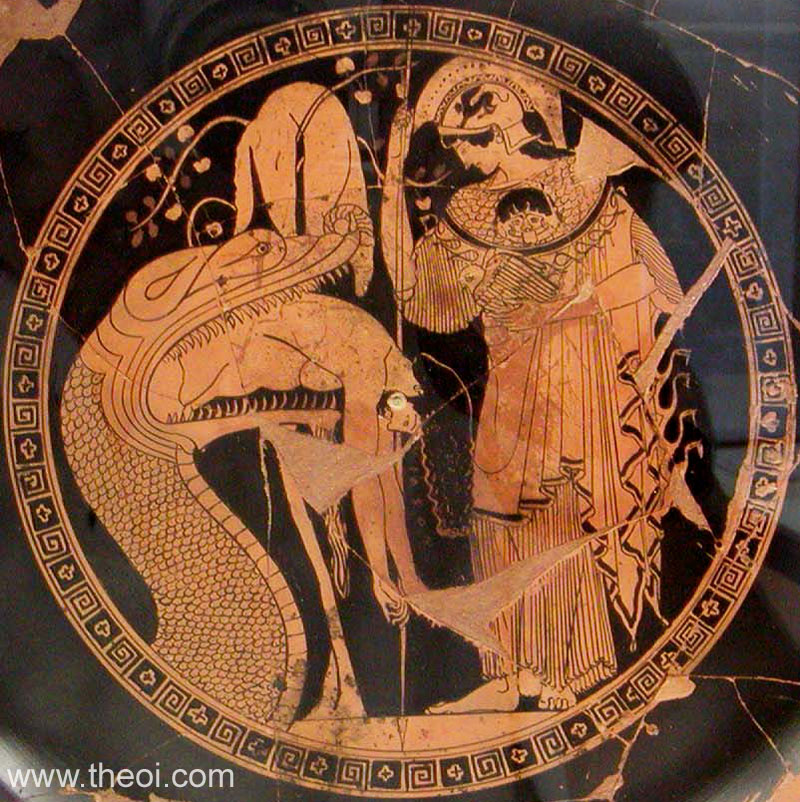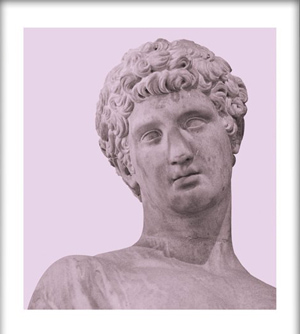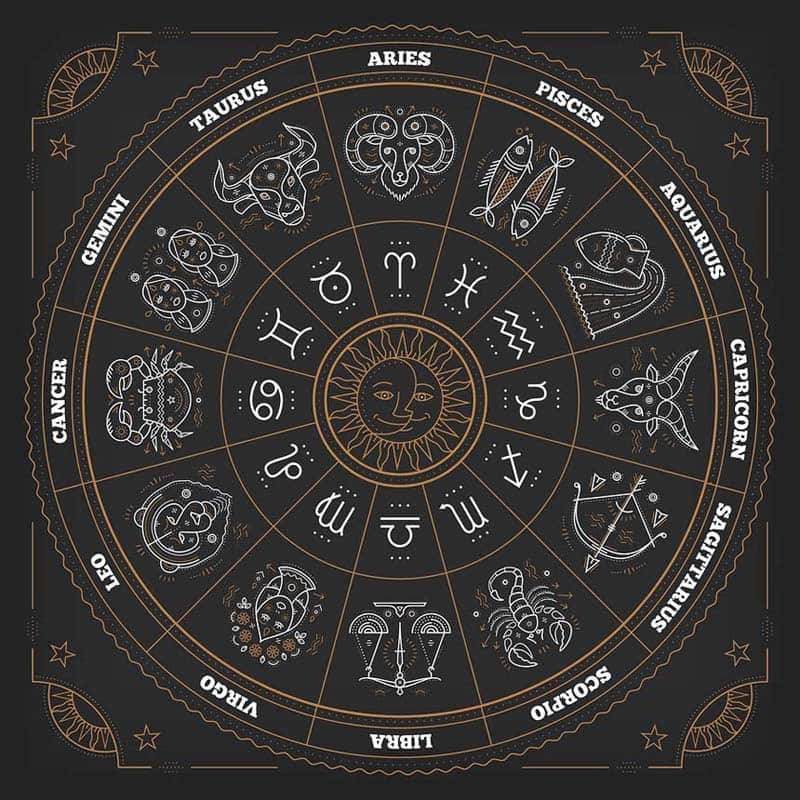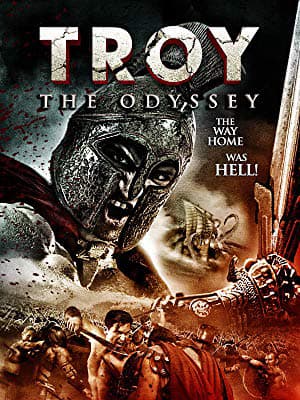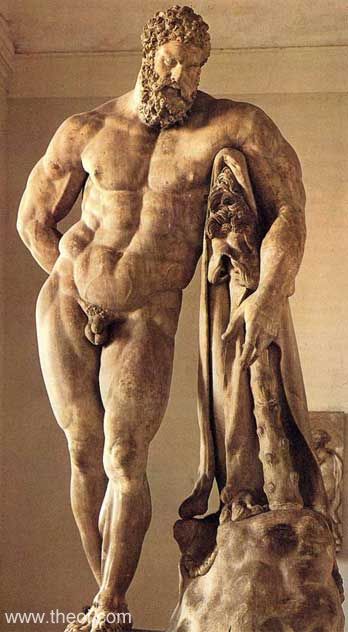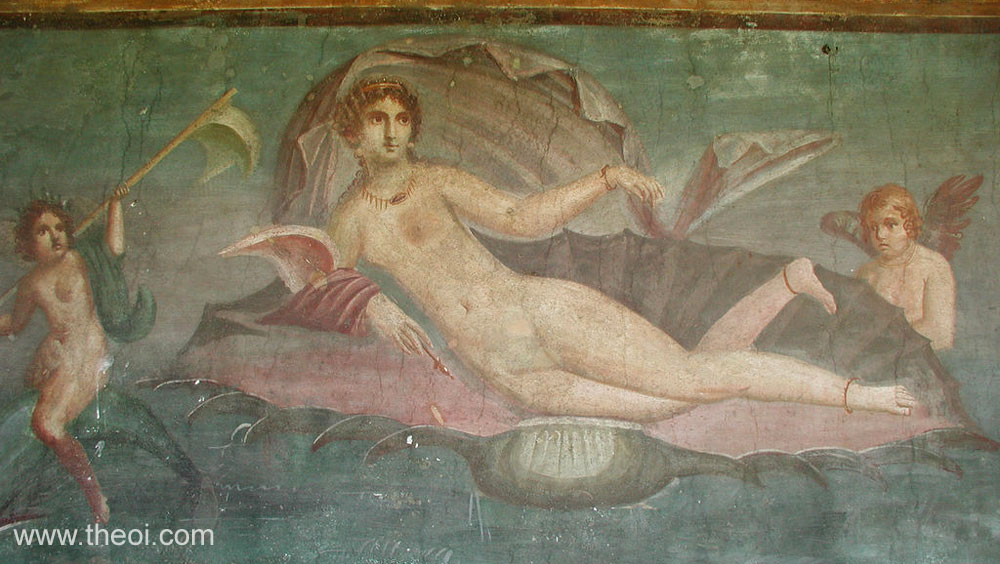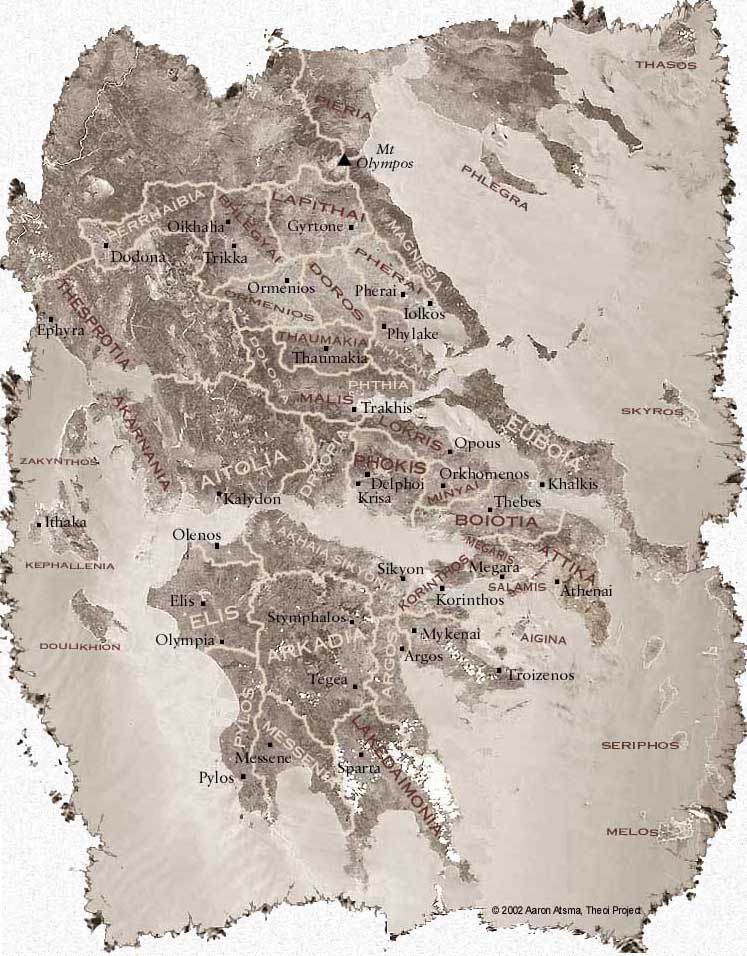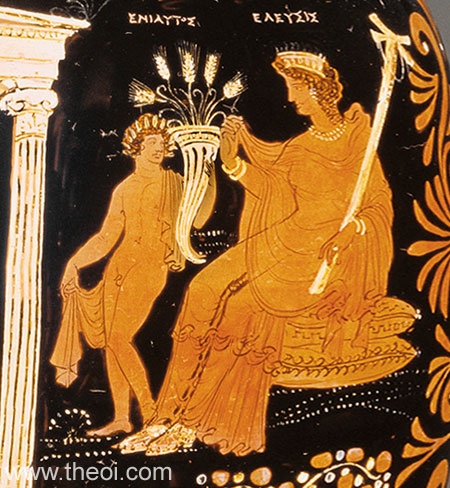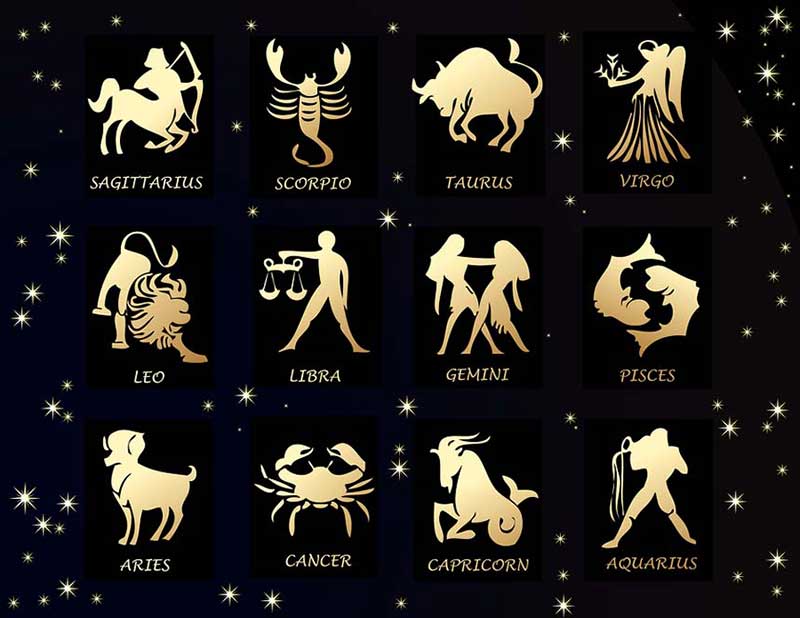If you are a fan of Greek mythology, then you know that the stories told are nothing short of “extremely complicated” and to a point, a little messed up. Not only do the gods involved trick and meddle with their human subjects (Greek gods were once referred to as “Meddling gods”) but they also have a complicated incestuous relationship with pretty much everybody. It, therefore, will not come as a surprise that the story of Troy isn’t any clearer nor straightforward.
So, was Troy a real place? If so, was it part of Greece and did the Trojan War really take place? Today, we have the factual answers to some of these questions and more while others remain shrouded in mythology.

Was Troy Real?
Yes, Troy was a real place. However, there is no evidence that everything that happened in “Troy” the movie with Brad Pitt, Eric Bana, Diane Kruger, and Orlando Bloom actually took place even though the movie and many others like it closely followed the stories told in Homer’s Iliad.
Thanks to archaeologists, a German businessman turned archaeologist named Heinrich Schliemann to be specific, we now know that Troy was a real place and is located on the northwest coast of Turkey. Today, the place is called Hisarlik. In the 1860s, Schliemann uncovered ruins of an ancient city that had indications of being destroyed by fire.
He followed the geographical clues he found in Homer’s Iliad. When he discovered huge city walls as he excavated a hill called Hisarlik in Anatolia, Turkey, he became convinced that he had found the ancient city of Troy.
On further excavation in 1988 by other teams from the University of Cincinnati and Tubingen, archeologists discovered arrowheads that dated all the way back to the 12th century. They also found human remains that seemed to have been destroyed by a fire which was in line with the myth.
What followed was ten years of thorough archaeological work in the same region using high-tech methods such as magnetic imaging surveys. The United Nations promptly declared the area as Troy and a World Heritage site.
The Legend of Troy
You probably know the name Troy because of the epic Trojan War that supposedly lasted for ten years. The earliest accounts of this war can be found in Homer’s Iliad; he was a powerful storyteller who lived a few centuries after the war had taken place. According to the Iliad, Homer’s story is set on the tenth year of the Trojan war.
The story goes: Troy was a powerful nation with whom most cities and nations wanted to do business. The city was impregnable thanks to the huge walls surrounding it and a fierce army led by Hector, crown Prince of Troy and an incredible fighter and general in his own right. While on a diplomatic mission to Sparta, Paris, Hector’s younger brother fell in love with Helen, a Spartan Queen who was at the time married to Menelaus who was the King of Sparta and brother to Agamemnon, the King of Mycenae (Greece).
Some people say Paris abducted Helen of Sparta, who was known to be the most beautiful woman in the world and took her back home with him to Troy. Others say she willingly left Menelaus and went with Paris who married her and made her “Helen of Troy.” Either way, Menelaus went to his brother Agamemnon to help him attack Troy and get his woman back. That is how the Trojan War began.
The war raged on for a decade. It was a stalemate with the Greeks unable to destroy the city and the Trojans unable to drive the Greeks back into the sea. No one knows how long it would have stayed a stalemate had the Greeks not come up with the brilliant idea of the “Trojan Horse.”
The Origins of the Actual City of Troy
Today, Hisarlik is part of Turkey, not Greece. However, legend has it that the entire area (northwest of Turkey) once belonged to the Kingdom of Greece. There is archeological research to show that the city of Troy had been inhabited starting around 3000 B.C for almost 4,000 years.
The thing about Troy is that there isn’t one single city. Whenever one version was destroyed, thanks to the many wars that took place during that time, another would be built on top of the one that was destroyed. There are therefore about 10 Troys lying on top of each other. Archeologists say that they have to dig deep into the earth to find the first installment of Troy, which they assume was a small town with a makeshift perimeter wall to protect it. The Trojans got better at building the defensive walls with each destruction.
Homer’s Troy
The version of Troy featured in Homer’s Iliad is believed to have existed around 1700 B.C and 1190 B.C and had formidable defenses, hence the decade long unsuccessful siege. It had walls going up to 30 feet with watchtowers built into them.
The exact size of this city is still in dispute. Manfred Korfmann, the archeologist who has led the site’s excavations, says that the work at the excavated site indicated that the city was roughly 30 hectares (74 acres). There are indications that the Troy in Homer’s Iliad had a huge residential area below the citadel. This citadel was unparalleled in the region.
The problem is that archeologists can’t agree as to how the city was destroyed. While Homer’s Iliad says it was burned down by the Greeks, they are archeological findings that suggest the cracks in the city walls were caused by an earthquake around 1300 B.C. To make things even more confusing, there are indications of sling stones and fire which suggest that there might have been some fighting as Homer says.
So was Troy a real place? Yes. Is it in Greece? No, it’s in northwest Turkey which might have belonged to Greece at some point in the past. Is Homer’s Iliad and the Trojan War real? We may never know.
